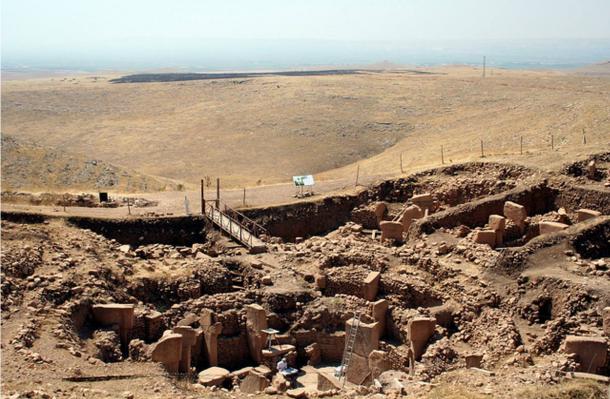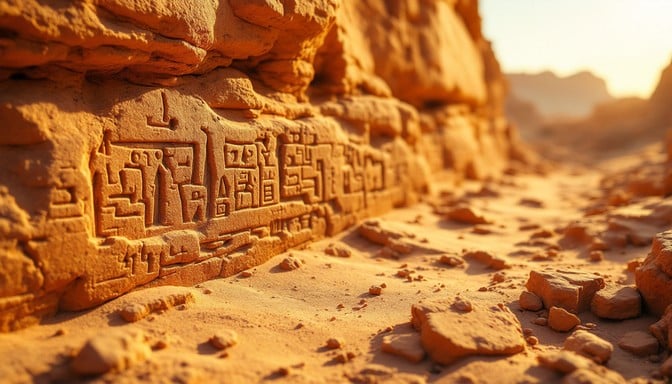There are two major claims that Göbekli Tepe had celestial connections point to.
One suggests that the site was aligned with the night sky, particularly the star Sirius, because the local people worshiped the star like other cultures in the region did thousands of years later. Another claims that carvings at Göbekli Tepe record a comet impact that hit Earth at the end of the Ice Age. If either of those things are true, Göbekli Tepe’s extreme age would indeed make it the world’s oldest known astronomical site. The astronomical meanings of these symbols is not controversial. With regard to their positions in the sky, the meaning of these symbols are likely to have cosmic or celestial significance.
Perhaps Göbekli Tepe was built as observatories for the purpose of observing celestial objects like planets and constellations. The Italian archaeoastronomer Giuglio Magli from the Polytechnical University of Milano propounds that Göbekli Tepe might have been built for observing Sirius, the brightest star in night sky. According to Magli, the Göbekli Tepe community might have celebrated the birth of this new bright star.
Just a handful of the giant circular and oval rooms at Göbekli Tepe have been excavated so far, but surveys show many more are still buried underground at the site. Each of these round rooms is defined by a ring of hulking T-shaped pillars. Most of the pillars feature ornate carvings of animals, like snakes, foxes, wild boars, birds, and other critters. In 2017, a pair of chemical engineers made global headlines when they claimed that they were able to connect animal carvings on Göbekli Tepe’s pillars to the positions of various groups of stars in Earth’s sky many millennia ago. This event triggered the Young Dryas Event. “It appears Göbekli Tepe was, among other things, an observatory for monitoring the night sky,” Martin Sweatman, a chemical engineer at the University of Edinburgh and the study’s lead author, said in a media release. “One of its pillars seems to have served as a memorial to this devastating event — probably the worst day in history since the end of the Ice Age.” Decoding Göbekli Tepe with Archeoastronomy.
Perhaps, proof of Göbekli Tepe’s proposed connection to the stars is still buried, just beneath the sand.







One Response
Hi,
I hope this message finds you well.
I’m reaching out because I have a keen interest in contributing a guest post to your website. As a seasoned writer, I specialize in creating content that drives traffic and captivates readers.
I’d be happy to provide a guest post, tailored specifically to your audience’s interests and needs.
If you’re open to this idea, I can share some topic suggestions that I think would resonate well with your readers.
Looking forward to your response.
Best,
Alice.